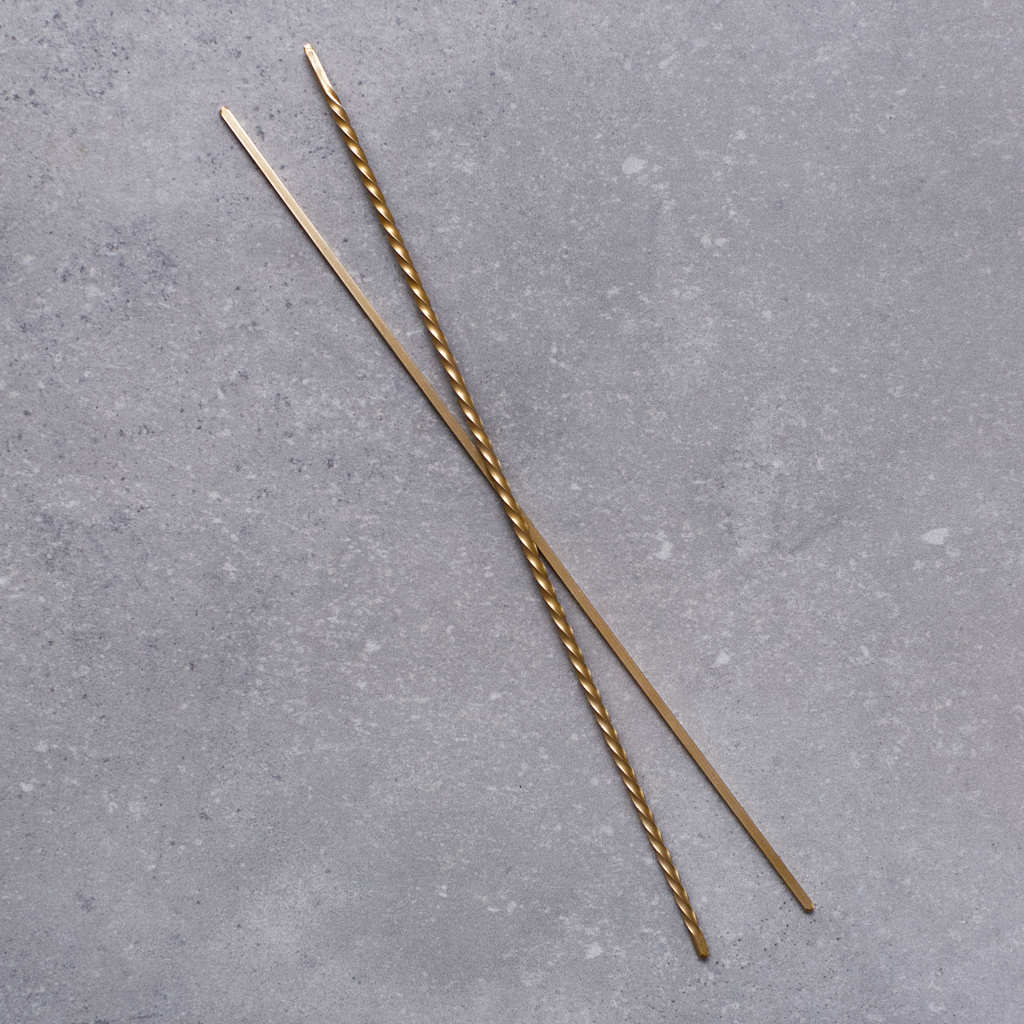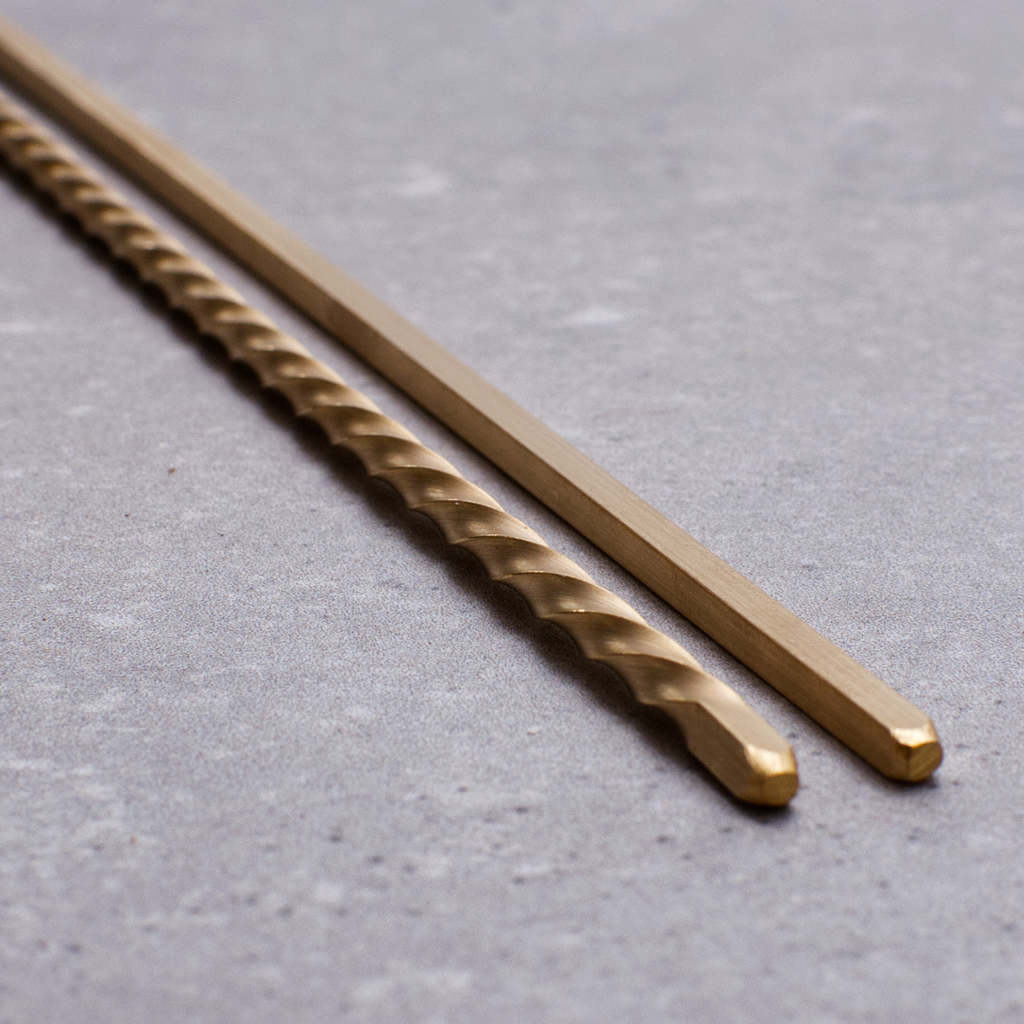
Food in my family has always been the centre of every gathering and for as long as I can remember, I have always been surrounded by it. There wasn't a celebration or a visit from a long distant cousin that wouldn't call for a feast. But this is not different from the reality of most Italian families, those who will sit at the table on a Sunday and will start from an aperitivo to an endless array of delicious creations by nonnas. Growing up in a little village in Cilento, Southern Italy, and spending most of my summer holidays with my grandparents at their farm allowed me to taste different ingredients, food and come closer to understanding them.
I remember helping my nonna with Bianchina, a gorgeous goat that would make the most delicious milk, and watching how from the very same milk, 'caso' - dialect word for 'cheese' - would be made.
We would prepare our passata, a yearly ritual that would involve extended family members, or I have fond memories of nonna making fusilli and again three generations of women preparing pickled vegetables. But the things that I enjoyed the most was collecting all the fresh eggs our lovely hens would have for us, or getting up at dawn to follow my grandpa in my wellies to his vineyard, conveniently positioned downhill.
In this article, I will be sharing a little history and a recipe for ‘Fusilli Cilentani’.
I can't imagine any little girl or little boy in Italy not having seen their nonnas or mammas making fresh pasta. Like many, I remember my nonna's hands signed by time and hard work, but always ready to 'impastare' - knead the next batch of fresh pasta. Classic fusilli would be on the menu, rigorously served with beef ragout. But also, cavatelli or ravioli with the famous passata prepared the year prior. The little kitchen overlooking the courtyard of the palace, where my grandparents used to live, had one of those larders whose doors were made out of linen folded over a cord, the Majolica worktop of a blue cobalt colour and the trustworthy wooden 'lanaturo' was there ready to work their magic. I can see it now as if it were yesterday, the palace that is. The huge bedrooms, the outdoor corridor glowing with plants, fuchsias were nonna's favourite. But this is another story.
Going back to pasta, nonna used to simply use water and semolina rimacinata, which means re-milled, from durum wheat. The dough was then left to rest before shaping. To roll, a wooden broom's stick would be used, and to shape, anything from the back of a fork to a 'ferretto' made out of an umbrella metal stretcher. There wasn’t a precise recipe for the pasta dough, it was all about adding water and flour until the perfect consistency was achieved.
Depending on where you visit in Cilento, the origins of fusilli may vary as well as the ingredients. The common denominator is the cucina povera, or poor cuisine, and the pasta was made from whatever ingredients were available at the time. Fusilli are a long and caved pasta shape prepared using a ferretto and is part of the PAT - Prodotto Agroalimentare Tradizionale - an Italian body that regulates and protects the typical products of local agri-food tradition. There is also a dedicated ‘sagra’, a gastronomic feast, to further celebrate the meaning of this pasta.
 |
 |
According to history, in a place called Felitto, this shape was created in the 16th century following 10 days of siege from the Saracens, after a request from their Commander. In Gioi, another village on the Cilento hills, it is said that fusilli were created back in the year 1000. The inhabitants, also surrounded by the Saracens, started showing them the pasta dough, made from flour and eggs, by placing it on their weapons through holes in the boundary walls. When the invaders then pulled their weapons, the pasta dough would taper around it, from which is believed the traditional name ‘fusiddu’ (spindle) came from.
Fast forward some centuries, the ferretto used today is different in size, but still the same in shape, having 4 ‘faces’ as we say, or sides to it, giving the characteristic squared shape. Before those used by my nonna, it is believed that old horseshoes were recycled and shaped into ferretti.
Recipe for Fusilli Cilentani
And now to the recipe. I have only used semolina rimacinata and water, but for a more enriched dough, you could also substitute part with eggs. I then accompanied with a simple ragout in keeping with all the principals of the simple cucina povera.
Ingredients for 6/8 people
For the pasta dough:
- 1 kg of semolina flour
- Water – about 450 g
For the sauce:
- 1 kg of chopped beef – traditionally we would use wild boar.
- 2 l of passata
- 1 white onion – finely chopped.
- Salt and Extra virgin olive oil
Method
Start by making your pasta dough, by hand or using a stand mixer. Place the flour in a bowl and create the famous well. Start pouring the water, mostly all, and start mixing until you create a dough of a malleable, but not too soft consistency. Place the dough on a surface and start kneading for about 10 minutes, until the dough becomes smooth. Rest the dough for about 20 minutes.
Whilst the pasta is resting, prepare your sauce. Heat your saucepan and place in the olive oil and the chopped onion. Wait until this is translucent and then add your beef. Give time to the beef to brown slightly all around and add all your passata. Once the sauce has boiled once, lower your heat and cook for about 2 hours, until the sugo is reduced and the meat is very tender.
Time to shape your fusilli. Now that the dough is well rested and the gluten has formed, it’s time to make the iconic fusilli shape. From the dough, cut smaller pieces and start rolling these into long strings of about 1 cm round - you can have your little finger as a guide for the width.
From each rope, cut smaller pieces of about 5 cm in length. Place your ferretto on top and by applying a gentle pressure, start rolling using the whole length of your hand. As you roll, you should elongate the pasta dough, to long caved strips of about 15cm-18cm in length. Continue until you finish the whole pasta dough.
To finish your dish, cook the pasta in salted water for about 5 minutes, until al dente and serve topped with the sauce and pieces of ragout. Oh, and there is never enough cheese to accompany this dish. Hard sheep cheese is great and will accompany the sweetness of the passata beautifully.
Buona Appettito!
Sofia Gallo is a Masterchef quarterfinalist, chef, cooking instructor and brand ambassador for several top cookery brands. Originally from Cilento in Southern Italy, she now enjoys living in Buckinghamshire with her family. Her love for Italian food goes back to learning how to make fresh pasta on her nonna's knee, and today she enjoys sharing and demonstrating beautiful regional Italian dishes. You can find more examples of her recipes and instructional videos at lamiacucina.co.uk and on her Instagram and Facebook accounts.

2 comments
Hi Angelica,
Thank you for your comment :) We aim to despatch orders, received before 12pm, on the same day. Depending on which postal service you select at checkout, will determine how quick your items will get to you. However due to factors outside our control the items may be delayed. I hope this answers your question and we look forward to your order.
Hello there,
I am going to buy some tools from your website :) I was just wondering how many days do I have to wait before receiving your parcel!
I live in the uk !
Thanks